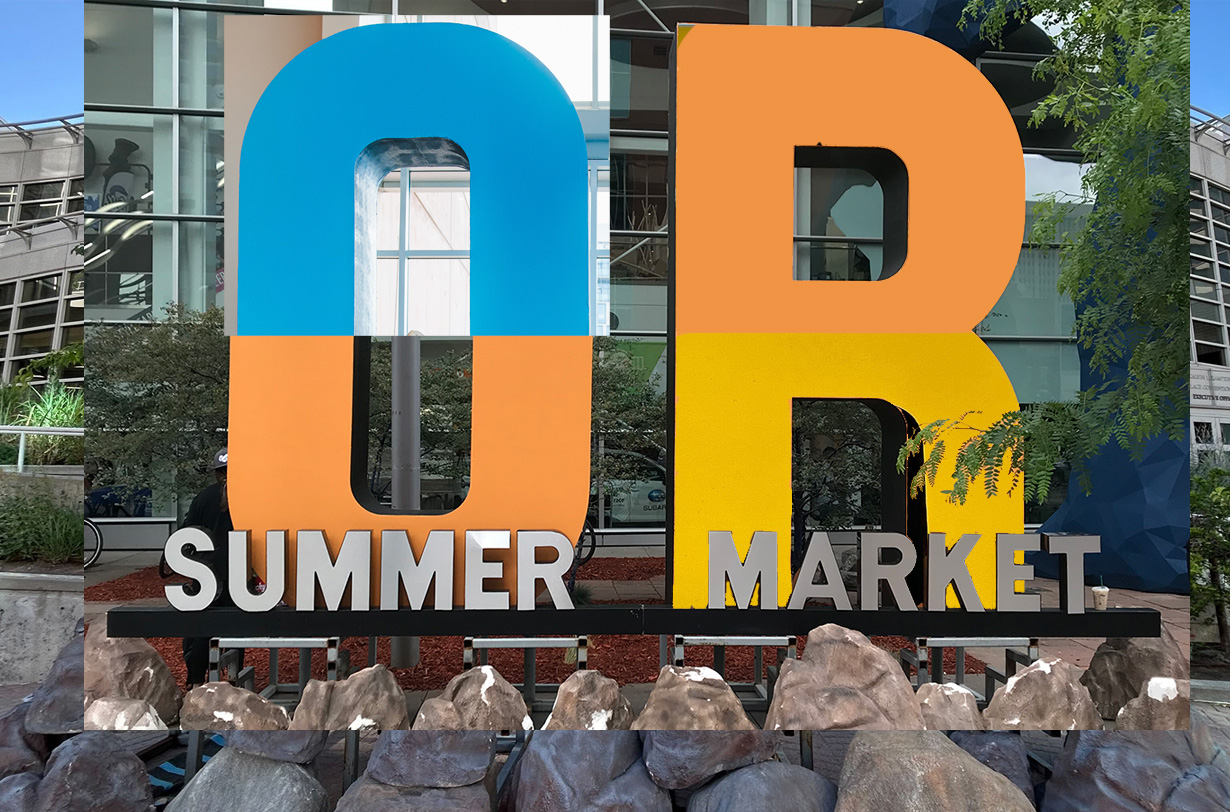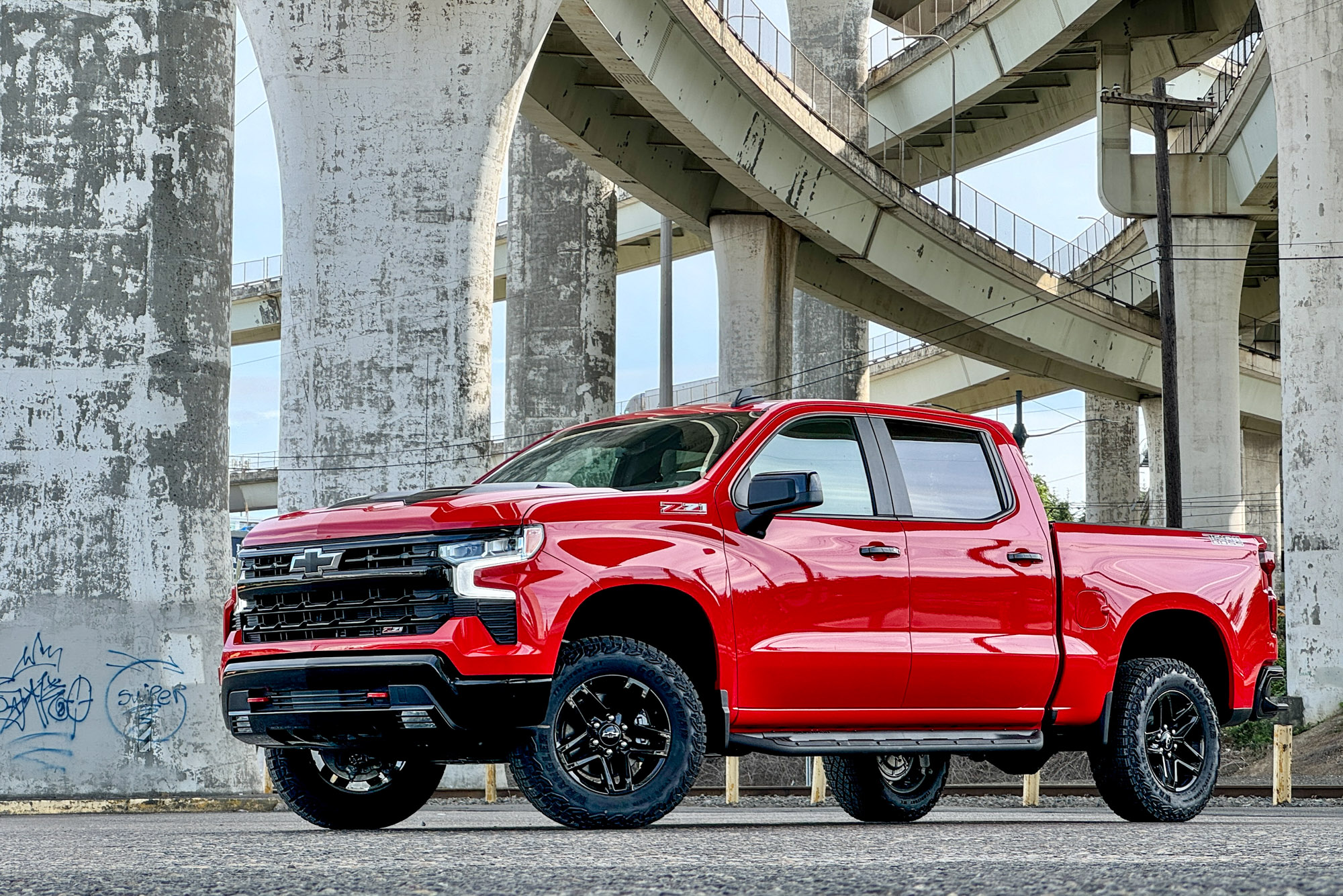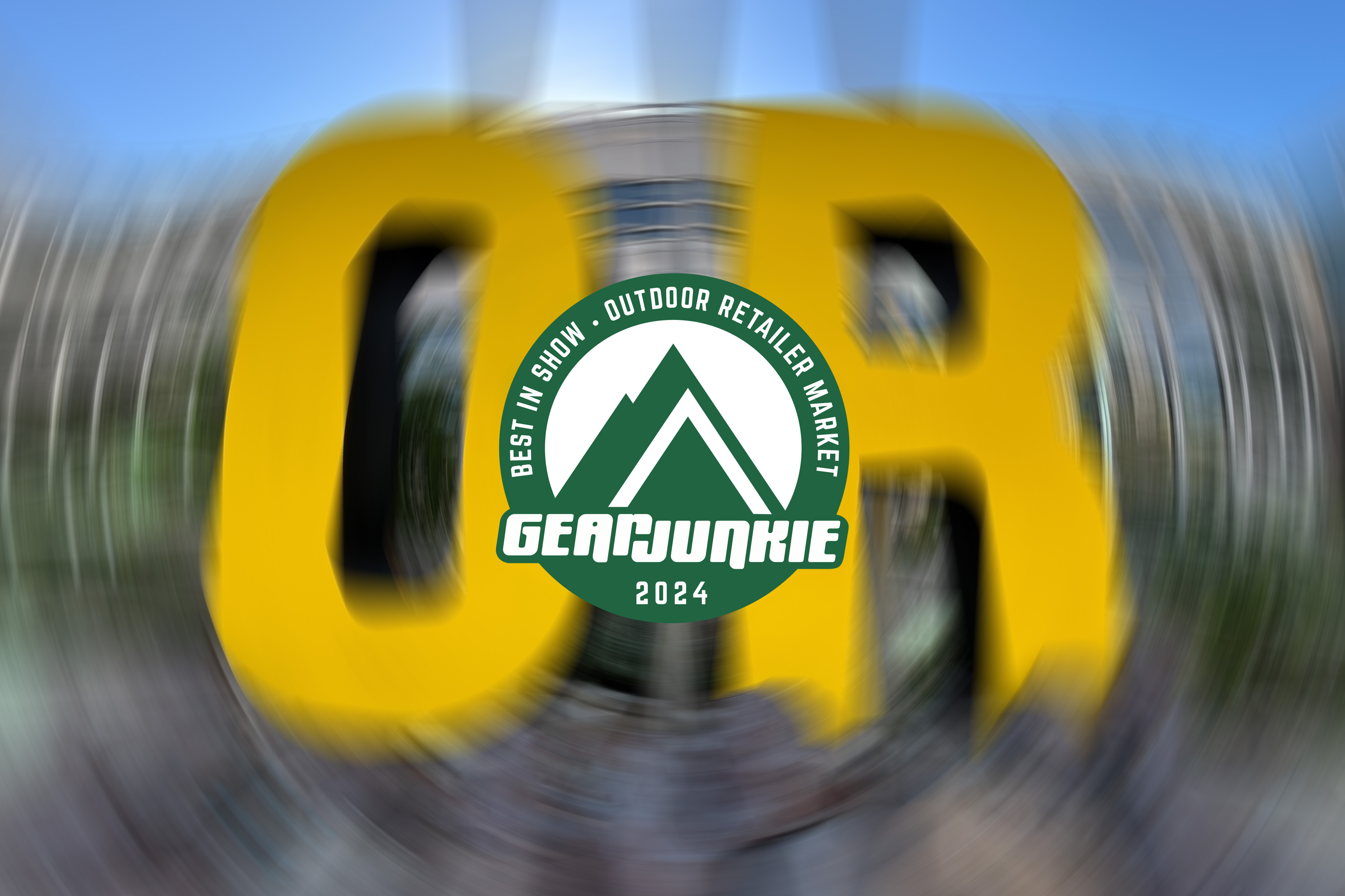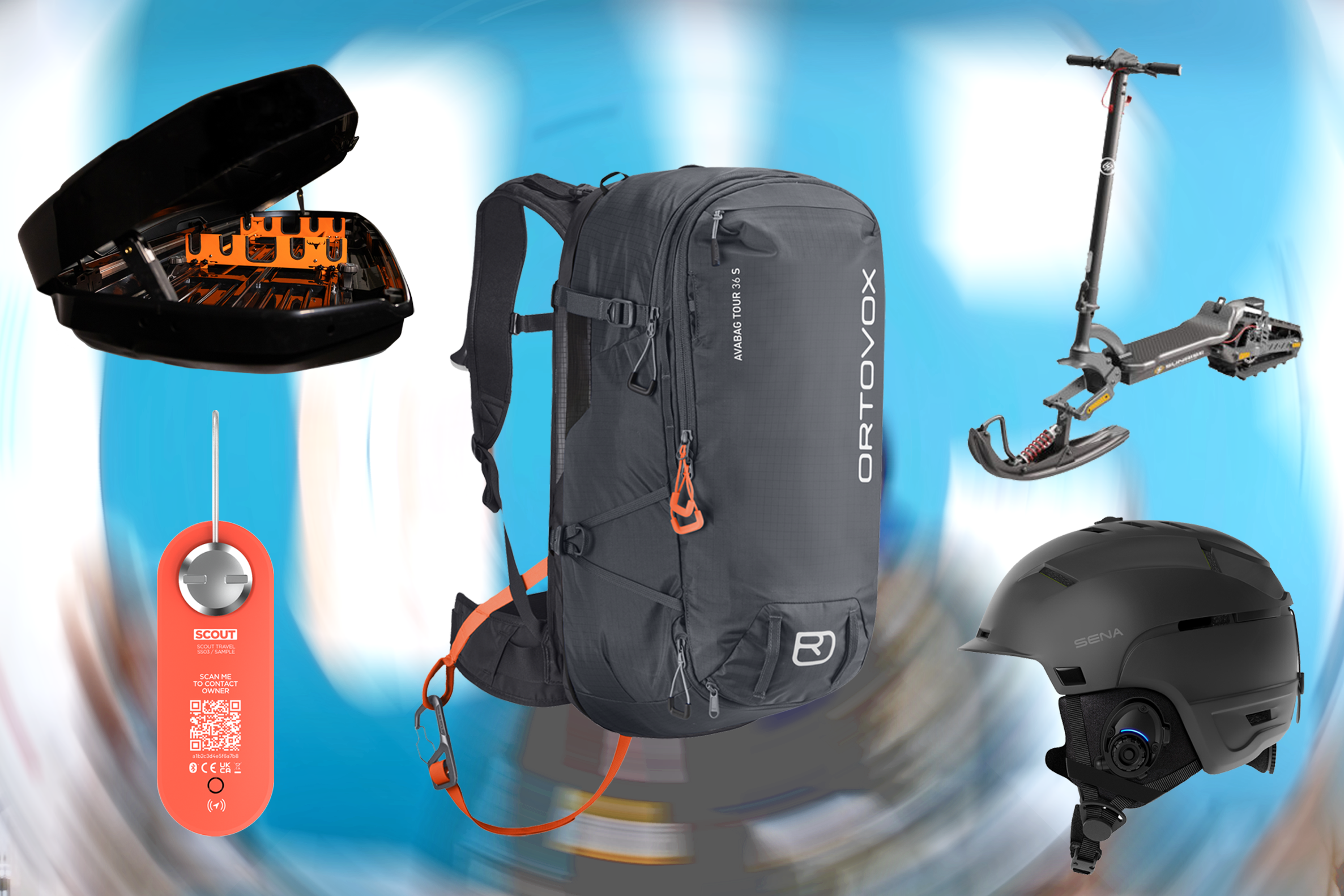“And right there, KEEN had a giant Ferris wheel! And this was the Outsiders Ball, with live music and yard games — ooh! And over here, that’s where police officers would yell at folks trying to cross the train tracks to get to Venture Out …”
Will Brendza, my camping editor, looked on in skeptical disbelief as I pointed out all the ghosts haunting the streets of Salt Lake City. He could hardly imagine the spectacle, but the specters were clear as day for me — and would have been for anyone else who’d made the annual sojourn to Utah (and, for a time, Denver) to take part in the monumental Outdoor Retailer trade show.
As we approached the show’s trademark beacon — a giant yellow “O” and “R” — outside the Salt Palace convention center’s stately circular doors, no such pomp and circumstance welcomed us. A woman walked her dog, some road crews filled potholes, and a few kids recklessly raced Lime scooters along the sidewalk. No one paid the once-great event any mind.
I sighed, bracing for another show of lackluster attendance and desperately gerrymandered floor space designed to hide the show that wasn’t there. What I saw over the next 2 days was neither the grand exhibition I remembered nor the anemic assembly I’d come to expect.
This year was something different entirely. For the first time since its pre-pandemic heyday, Outdoor Retailer had an energy to it — and it wasn’t in spite of all the brands that weren’t there. In many ways, it was because of it.
Outdoor Retailer: ‘Mecca’ of the Industry
It’s difficult to overstate just how big and important Outdoor Retailer once was. At its peak, it hosted hundreds of the biggest brands on its main floor, and dozens upon dozens of hopeful upstarts lined the hallways outside the exhibit hall. Its attendance surpassed 20,000 people — a mishmash of brand reps, PR professionals, retail buyers, textile manufacturers, and media.
On the business front, OR was where retailers inked orders for the upcoming year’s outdoor products. It’s also where brands vied for media attention to generate buzz and acclaim for the latest in outdoor gear.
“In the heyday, the show helped the industry be better. We were competitive around whose product showed the most innovation and improvement,” said Bruce Old, Outdoor Industry Alliance board member and head of global sales at Patagonia. “We were able to interact, talk through issues, and find solutions to problems in the industry despite being competitive with each other.”

As a freshman reporter with GearJunkie in 2016, I was warned, prepped, and groomed weeks in advance of my first summer show. Back then, I was one of a fleet of nearly a dozen editors and sales team members canvassing the seemingly endless floor for the most exciting product launches. Three 8-hour days were packed full for all of us, frantically trying to gulp as much from the trade show fire hose as we could without missing any of the best drops.
If the show felt like Times Square, it looked like Disney World. Each year, brands went bigger and more bombastic with their booths — trying to steal as much attention from the clamor as possible.
KEEN did indeed assemble a Ferris Wheel just outside the convention center. But inside, a 20-foot Stanley bottle balloon hung from the ceiling. Vibram invited passersby to walk up and down a massive ice ramp in Arctic Grip soles. And The North Face walled off a giant swath of floor space to hide “the next big thing” from prying eyes, permitting only a limited number of attendees inside to see big bubbling water tanks with the first FUTURELIGHT membranes, suspended like aliens in sci-fi stasis pods.
It was a scene, man.
And for GearJunkie, it was also a thrill. It was the pulse of our publication; twice a year, it pumped new life, stories, and gear into our content stream. Stephen Regenold, GearJunkie’s founder, called the show the industry’s mecca — it wasn’t hyperbole. Missing that show was not an option.
Too Much of a Good Thing
Anecdotally, OR’s glory days lasted about a decade, give or take a few years. Things got bigger, more prominent, and more expensive on a linear trajectory — until it faltered. Throw a stone in a room filled with outdoor media and brands, and you’ll hit someone who will give you their own rendition of what happened.
I’m not here to dive into why the show experienced a steep decline in attendance and standing. Suffice it to say that escalating costs, political factors, a pandemic, and the inevitable arc of progress all conspired to knock out the supports that propped up the show.
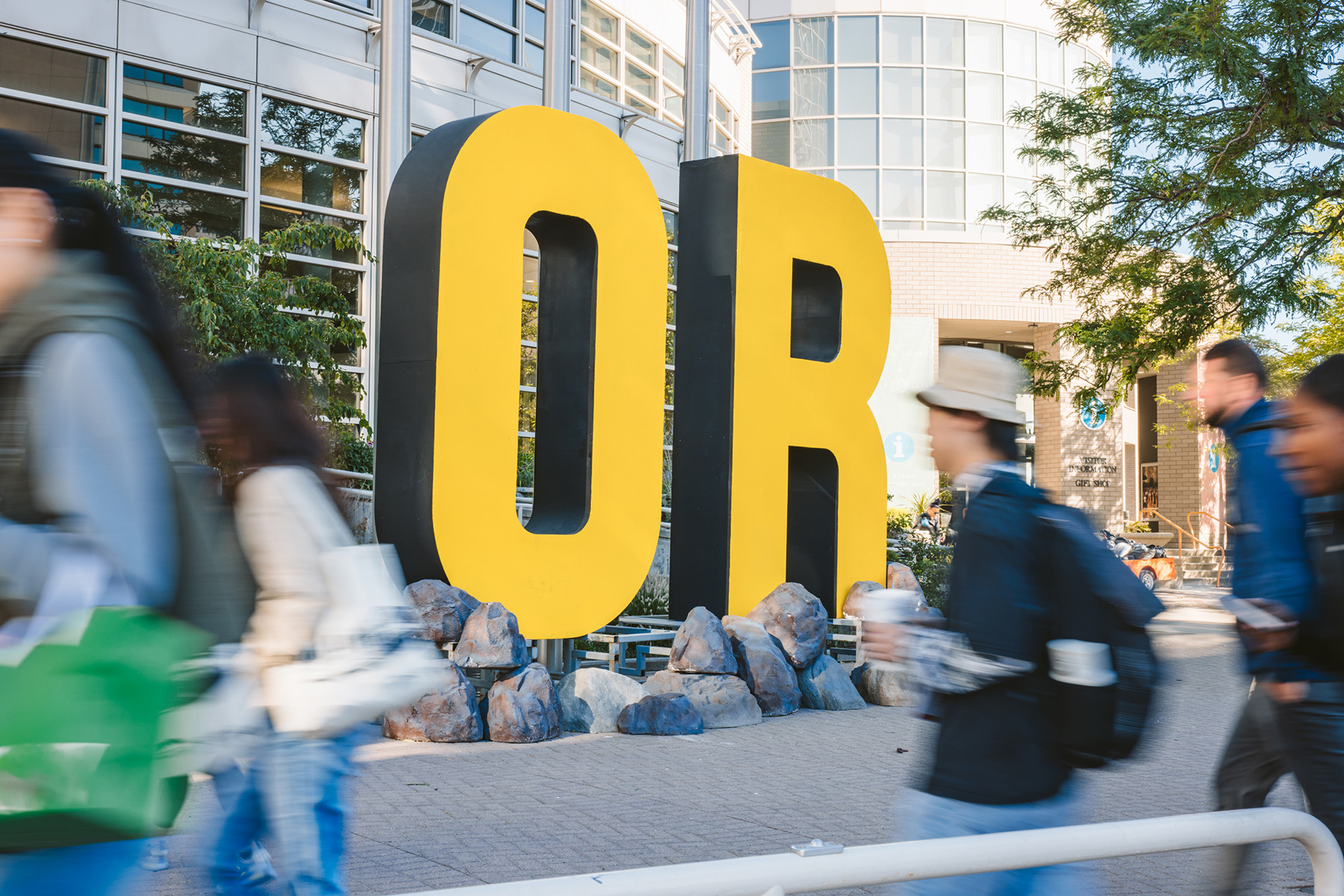
In the last few years, GearJunkie continually whittled down its own attendance. We went from a dozen down to a few editors and a sales team member. Then no sales team. Last winter was the first show I missed since I started with this publication; we sent just one editor: Will.
“It was rough,” he told me over a video call debrief. “I didn’t even have to make appointments — brands were practically begging me to walk into their booths, and I saw the whole show on the first day.”
I attended this summer’s show because I figured it could be the last. I wanted to see it for myself, like watching Babe Ruth’s last at-bat. And figured I might have to write the obit for the once-legendary event.
Time for Something Different
Will and I waltzed onto the show floor, braced for yawning plots of unused floor space and the heavy, hanging quiet where an incessant humdrum of commotion should be.
To be sure, there was no shortage of leftover real estate inside the convention center. And we had no problem navigating our way from one end of the show to the other. But unlike the last few years, the show did not feel like it was in a state of decline. It wasn’t marred by all the glitz that wasn’t there; it was humming with all the verve that was.
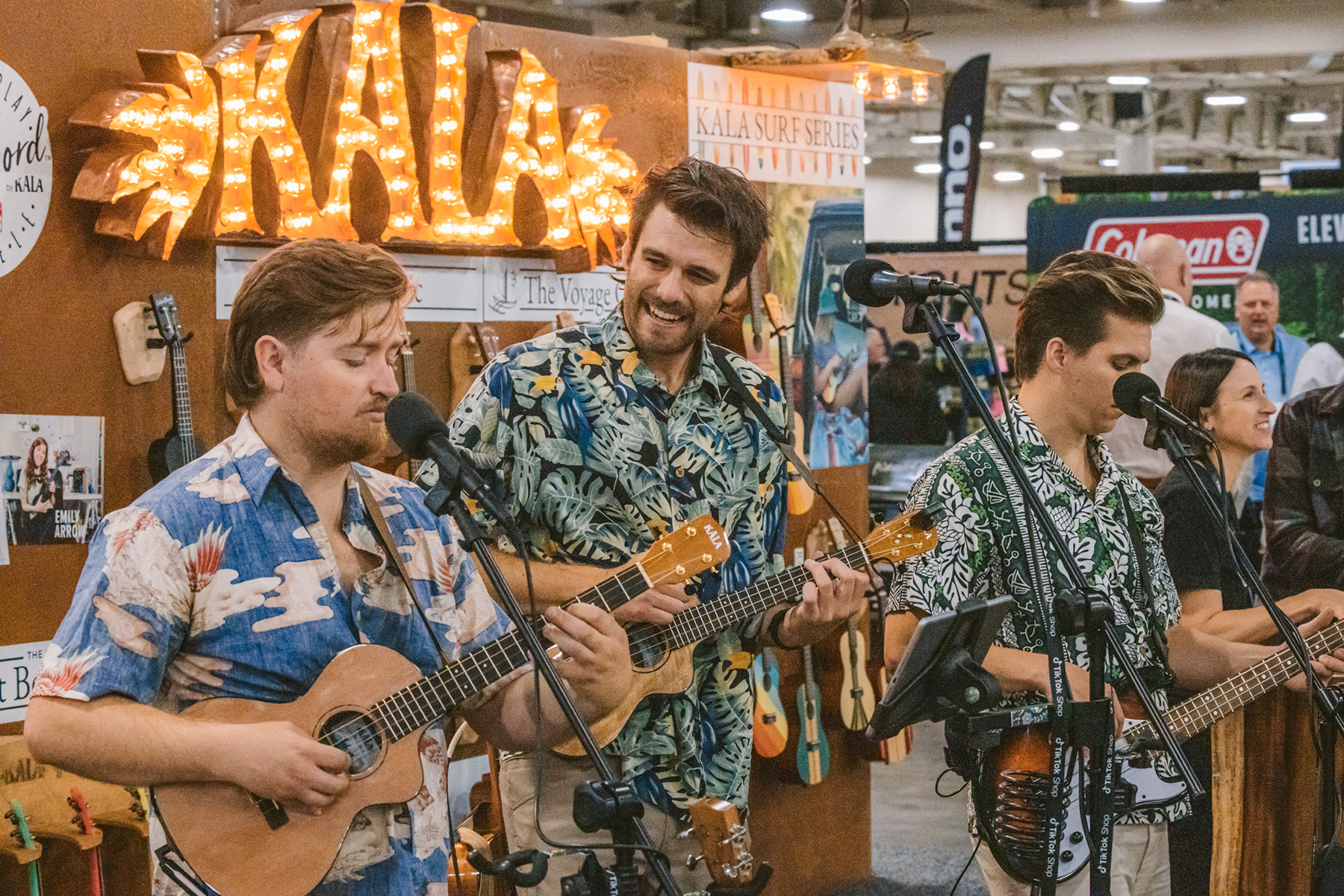
“I was pleasantly surprised at the vibe of the show. It’s smaller and different than it was in its heyday, but there was energy there,” LIVSN founder Andrew Gibbs-Dabney confirmed.
Though this year marked the first time his brand had a booth at the show, Gibbs-Dabney has attended the show dating back to 2015, when he boot-strapped his infant brand and handed out pants from a duffel bag to anyone who’d take a pair.
“It seems to me that the show is becoming more about smaller brands and giving them the opportunity to break out in the industry,” he said.
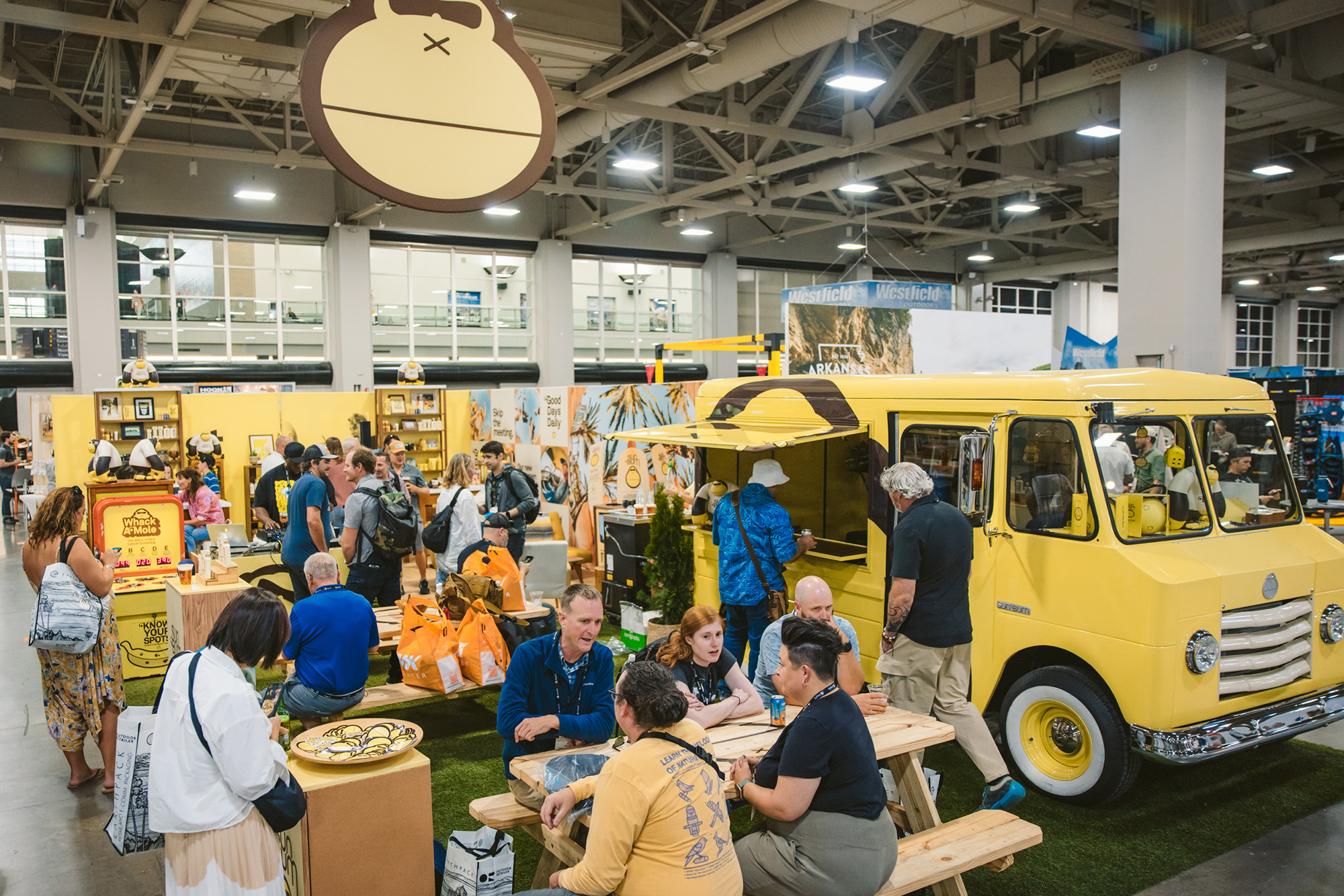
The brands on the show floor weren’t the mainstays everyone knows, but they brought their A-game just the same. Sun Bum, a sunblock company that bills itself as “just a group of friends that make trusted products for our small beach community,” won the unofficial Coolest Booth award. Its sprawling, banana-yellow booth had a center plot on the show floor and a bespoke ice cream truck, but it was the full-time DJ blasting out hip-hop, disco, and classic rock remixes that set the tone for the whole show.
Still, Sun Bum was the outlier with the sheer grandeur of its booth. Size didn’t matter in 2024; it was all about good vibes. Ron Burgundy strolled the floor on behalf of Shopify, but seemed to have no other job besides spreading good cheer with a jazz flute. And then there was a giant flamingo that did … well, giant flamingo stuff.

The show didn’t feel like it was missing anything — except maybe the crotchety old journalists gossiping over how much the show had changed since the glory days. Believe me, I’m the first one eating crow for that one. I learned quickly nobody cared what the show used to be; they were all keenly interested in the show they were at.
Even before OR’s sharp downturn, brand reps lamented how expensive the show was, how chaotic and stressful the preparation and setup were, and how nominal the return for all that work. The old OR may have been lively, but it wasn’t always happy.
This year marked the first time in a long time the show felt unanimously positive. From the business side, GearJunkie got face time with brands it likely never would have encountered at past shows — our Best In Show roundup attests to that. As a bellwether of the industry, this show gave identity to the crop of new products, people, and ideas coming up.
“I thought there was going to be a larger presence from the bigger industry brands … the word on the street is that the bigger brands have stopped showing up for a variety of reasons,” admitted Umair Baig, co-founder of the Canadian brand Impetro Gear, which made its first North American trade show appearance at this summer’s OR. “As a small brand and business, you reach a point where you have to try and make a splash, put yourself out there, and see where you land. Nothing ventured, nothing gained.”
The Future’s in Good Hands
The truth is, there are no such things as ghosts. They’re all just memories — some so powerful they feel like they’re just at the very tip of reality, so close you’d swear you can still see them.

For a time, Outdoor Retailer was one great big melting pot of memories, many of them good. Some of the best times I’ve had in this business happened at this show, from the editorial team crashing a fancy dinner party and belly-flopping into a backyard pool, to a couple of us beating out Gear Patrol’s editors in a skeet shooting competition.
It’s been fun, there’s no question. And if you were there, you already know. If you weren’t there, good news: the show is yours now. When you go, make some friends and good memories. And don’t pay attention to anyone who tells you what it used to be — those are just ghost stories.
